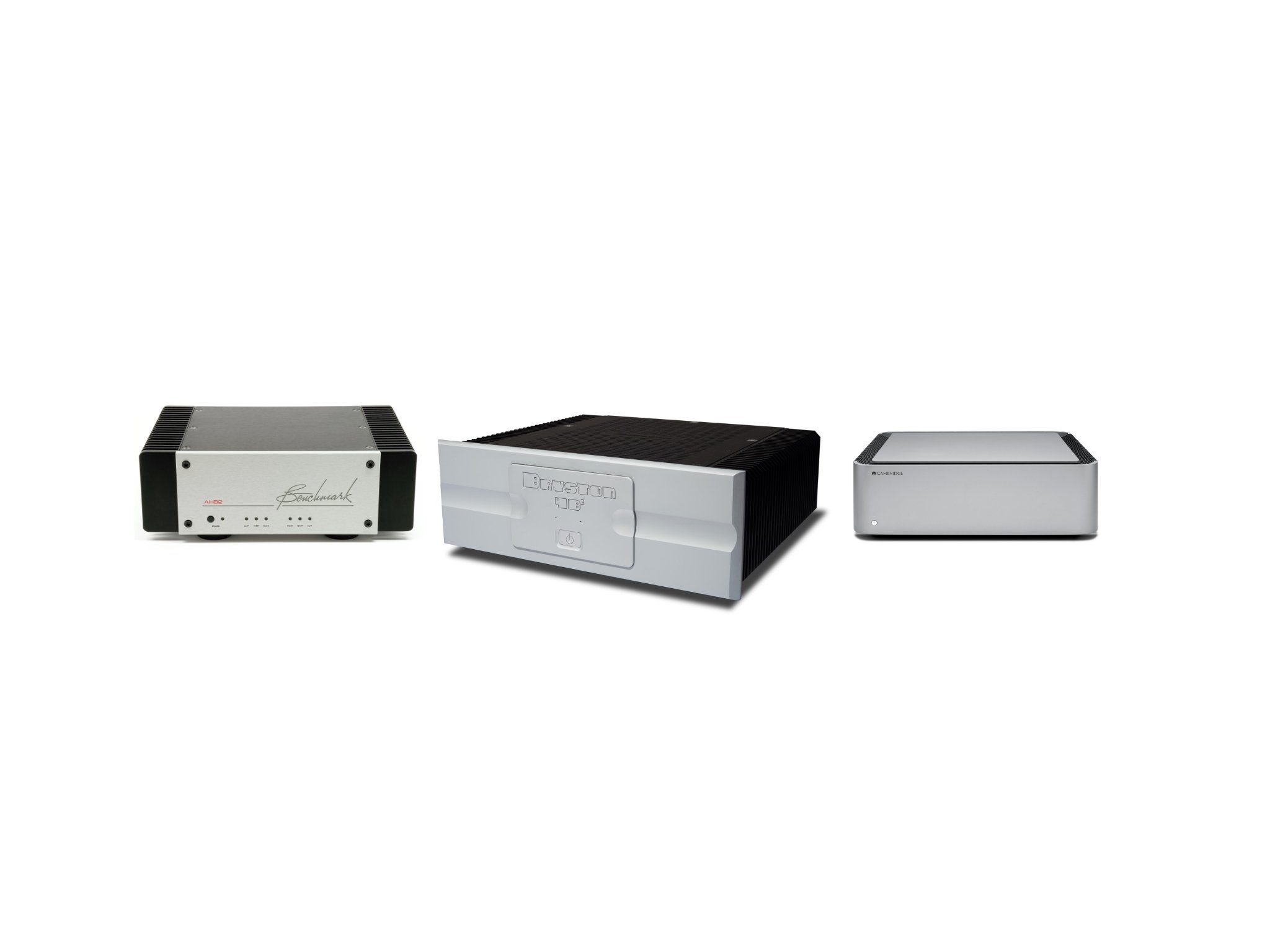I bought one of these a year or so ago, thinking - rather, hoping - it might be an upgrade on my ancient (but beloved) Nelson Pass-designed Forte 4 ...just 50 wpc pure class A,. I listen to almost exclusively Classical at high-res,... The Benchmark sounded good, but it was ultimately not in the same cosmos as the Forte in all sorts of ways. ...for super-discerning listeners this may still not be the answer.
Speaking of ancient, you should have been there when Steve Zipser, audiophile Illuminatus from the old
rec.audio.high-end attempted to identify his expensive Class A Pass amps with an ancient Yamaha integrated.
I think we can be honest in saying that your Forte amp was/is probably not as good as the amp Zipser was using... I mean within the scheme of all things Nelson. But I'm sure your ears are probably better than the Zipser's were back then, and are definitely better than Steve's ears are now (may he RIP)... what with yours being hi-res and super-discerning.
Below is the write up:
__________________________________________
On Sunday afternoon, August 25th, Maki and I arrived at Zipser's house, which is also Sunshine Stereo. Maki brought his own control unit, a Yamaha AX-700 100-watt integrated amplifier for the challenge. In a straight 10-trial hard-wired comparison, Zipser was only able to identify correctly 3 times out of 10 whether the Yamaha unit or his pair of Pass Laboratories Aleph 1.2 monoblock 200-watt amplifiers was powering his Duntech Marquis speakers. A Pass Labs preamplifier, Zip's personal wiring, and a full Audio Alchemy CD playback system completed the playback chain. No device except the Yamaha integrated amplifier was ever placed in the system. Maki inserted one or the other amplifier into the system and covered them with a thin black cloth to hide identities. Zipser used his own playback material and had as long as he wanted to decide which unit was driving the speakers.
I had matched the playback levels of the amplifiers to within 0.1 dB at 1 kHz, using the Yamaha balance and volume controls. Playback levels were adjusted with the system preamplifier by Zipser. I also determined that the two devices had frequency response differences of 0.4 dB at 16 kHz, but both were perfectly flat from 20 Hz to 8 kHz. In addition to me, Zipser, and Maki, one of Zip's friends, his wife, and another person unknown to me were sometimes in the room during the test, but no one was disruptive and conditions were perfectly quiet.
As far as I was concerned, the test was over. However, Zipser complained that he had stayed out late the night before and this reduced his sensitivity. At dinner, purchased by Zipser, we offered to give him another chance on Monday morning before our flight back North. On Monday at 9 a.m., I installed an ABX comparator in the system, complete with baling-wire lead to the Yamaha. Zipser improved his score to 5 out of 10. However, my switchpad did develop a hang-up problem, meaning that occasionally one had to verify the amplifier in the circuit with a visual confirmation of an LED. Zipser has claimed he scored better prior to the problem, but in fact he only scored 4 out of 6 before any difficulties occurred.
His wife also conducted a 16-trial ABX comparison, using a 30-second phrase of a particular CD for all the trials. In this sequence I sat next to her at the main listening position and performed all the amplifier switching functions according to her verbal commands. She scored 9 out of 16 correct. Later another of Zip's friends scored 4 out of 10 correct. All listening was done with single listeners.
In sum, no matter what you may have heard elsewhere, audio store owner Steve Zipser was unable to tell reliably, based on sound alone, when his $14,000 pair of class A monoblock amplifiers was replaced by a ten-year old Japanese integrated amplifier in his personal reference system, in his own listening room, using program material selected personally by him as being especially revealing of differences. He failed the test under hardwired no-switching conditions, as well as with a high-resolution fast-comparison switching mode.


